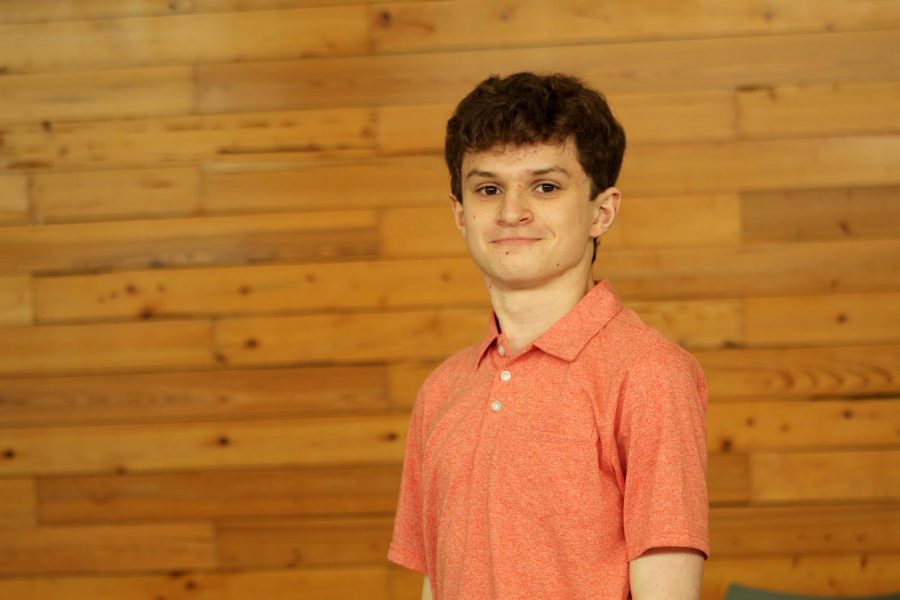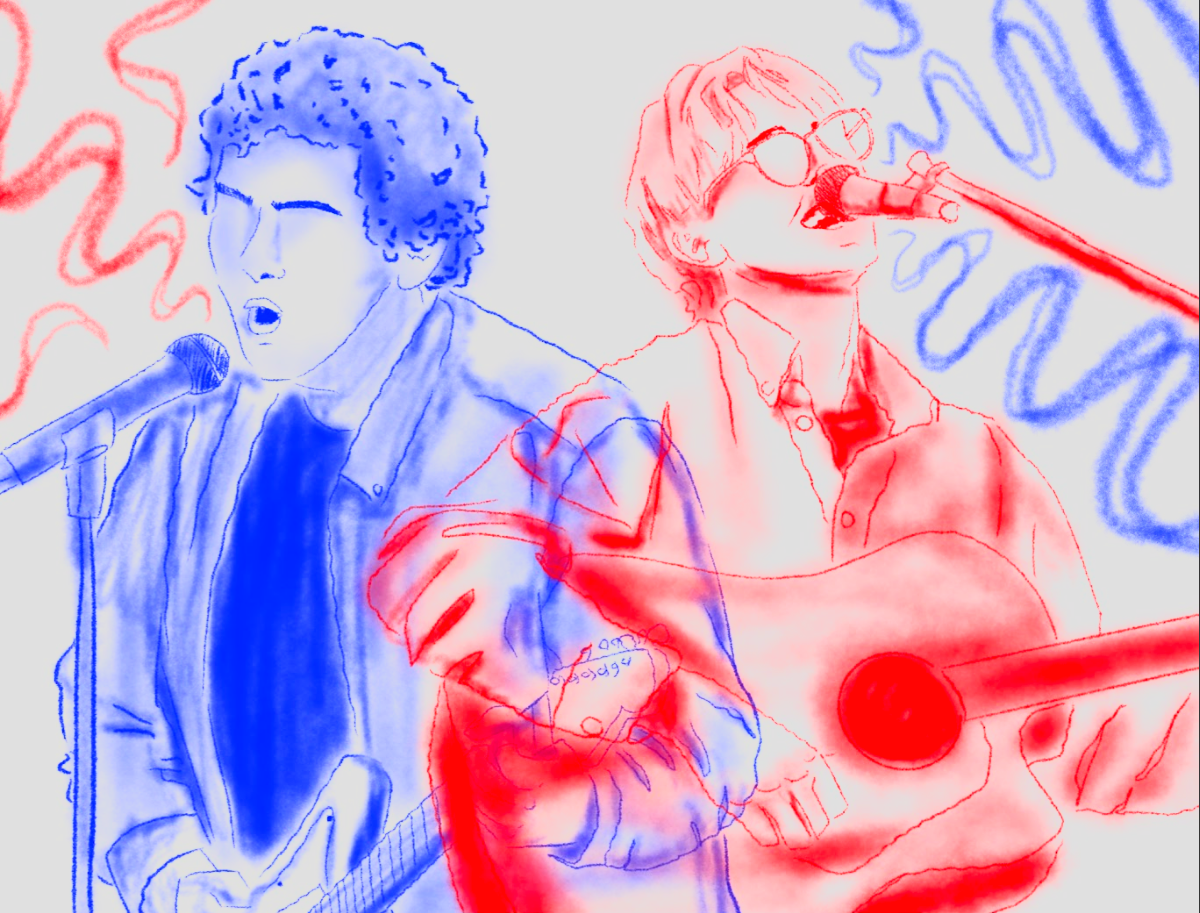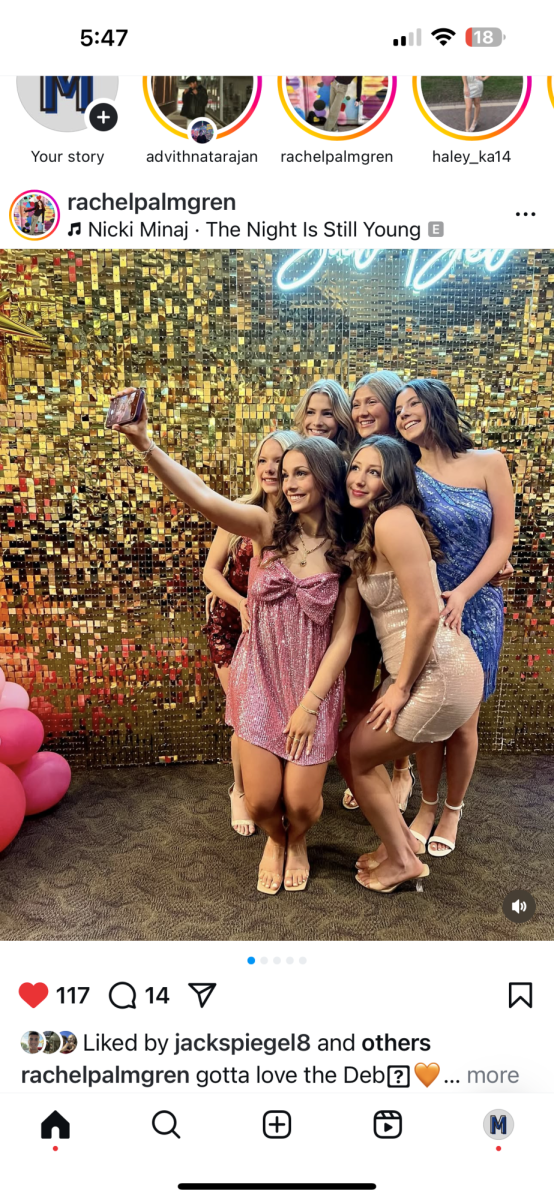Currents events necessary in high school curriculum
March 26, 2022
In social studies classes at school, we cover World History, sometimes European History, United States History and United States Government. We do not, however, cover current events, things that are happening as we are sitting in class.
Education regarding current events is necessary in the high school curriculum because it produces students with more applicable knowledge, and protects against possible misinformation.
Teaching current events is important because it produces students that possess applicable knowledge. If current events are never covered in school, unless students research such events outside of school, they don’t have any knowledge about this. Learning this is important because knowing about recent or current events could influence decisions that people make. For example, when people graduate high school, most of the time they are old enough to vote. Knowing more about domestic and international events could help new voters make educated decisions based on what is going on in the world or country at that time.
Next, teaching current events could make students less likely to be confused with misinformation. One good example of this is the current war between Russia and Ukraine. Many news sites have been covering the daily events, which I look at a few times during the week. For many teens, however, this is not how they get their information. Especially at the beginning of the invasion, TikTok became flooded with videos from people explaining the situation in Ukraine, posting their reaction about it, and even people that were in the middle of it. Countless videos were posted with people’s firsthand experiences in the war. Many found this interesting because these first person accounts could not be found on average news coverage, not to the extent that was being posted on the social media.
The issue with this is that anyone can post their reaction or explanation of the events. Videos can gain credibility if they receive a lot of likes, even if they aren’t factual. Allowing students to receive information from a trustworthy source like their teacher or school can help them make better decisions about what they believe to be true, and prevent the spread of misinformation.
With this in mind, it is important to address a possible counterargument, which is that in some of these history classes, time does not allow for teaching of other information. Especially for AP level classes, teachers must adhere to a tight schedule in order to provide students with all the information necessary in order to succeed on the AP exam at the end of the year.
Keeping this in mind, there is still a way to work education on current events into the schedule. When I was in middle school, at the end of every class period in World Geography, we would watch CNN Student News. It was a 10-minute video produced by CNN that gave a summary of domestic and world events that were happening at that moment. This was accompanied by an explanation of the events, and sometimes a joke thrown in as well.
Students got used to this routine, allotting the last 10 minutes of class for CNN Student News. The teacher adapted their lesson plans to still teach the necessary topics, even with the shorter time. High school teachers could adopt this method, even if it is only on block days, when double period classes allow for more flexibility.
From foreign affairs to domestic politics, teachers and schools should incorporate the coverage of current events into their curriculum because it gives students valuable knowledge, and protects them against misinformation.




